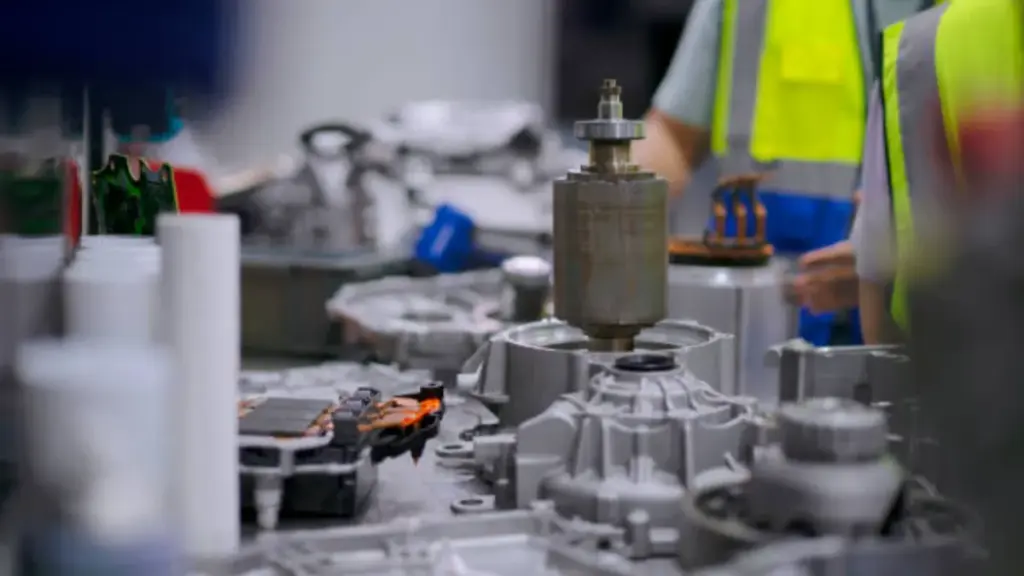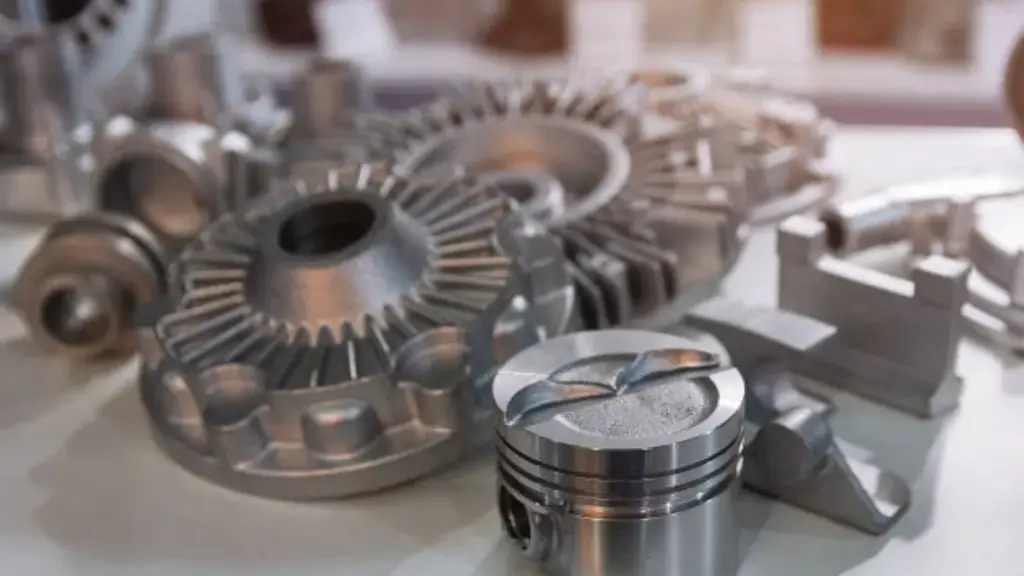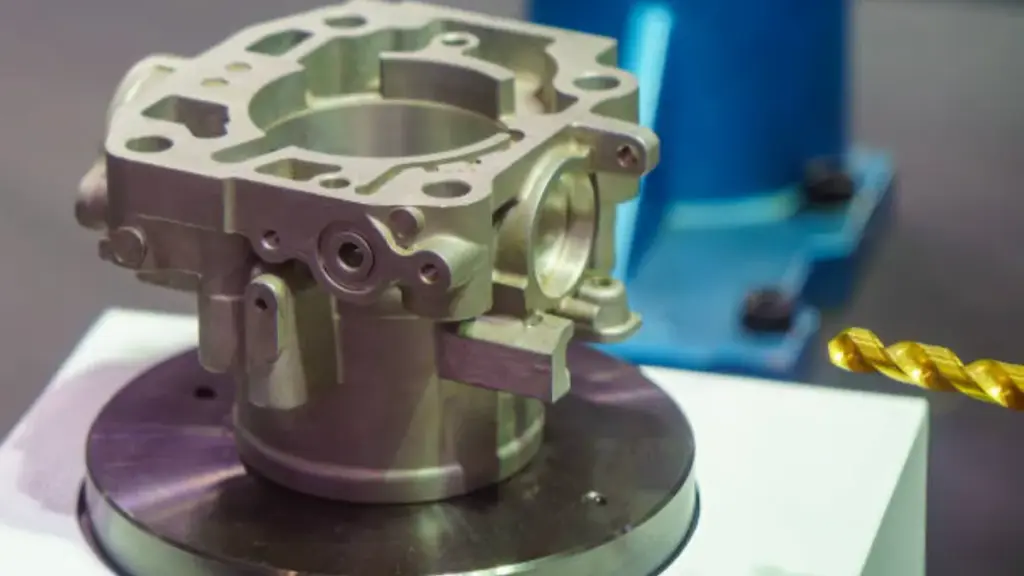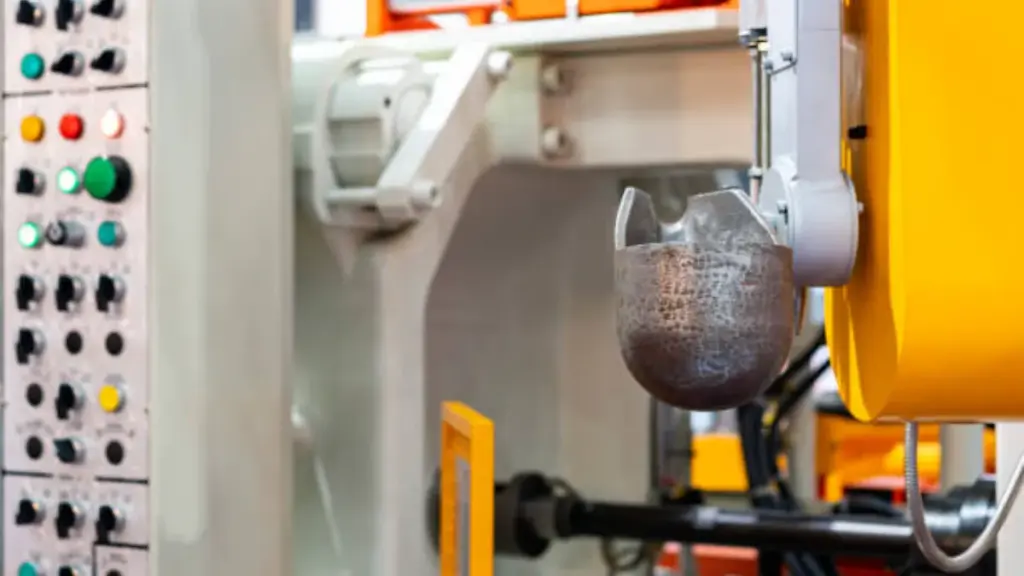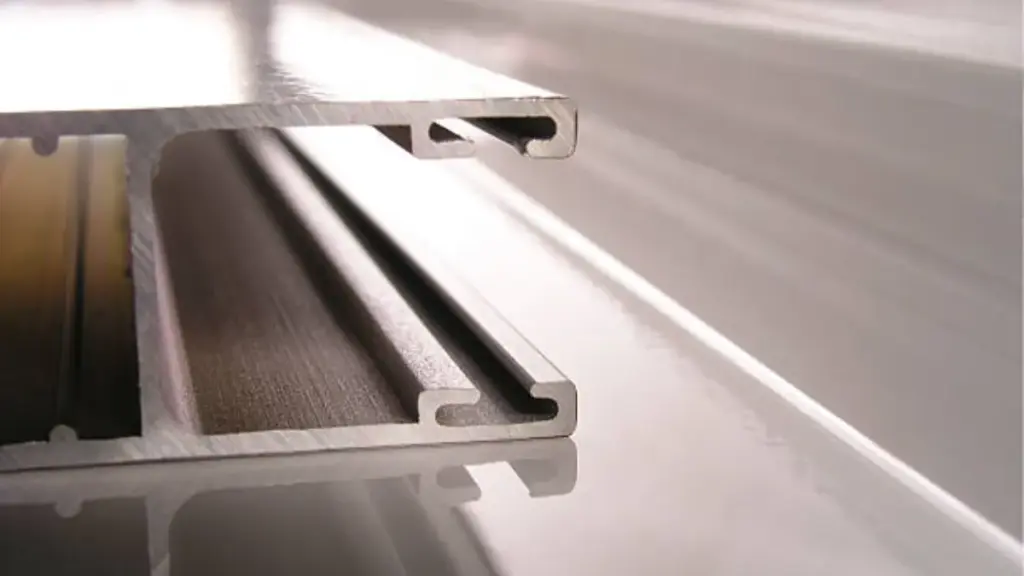가제트와 가전 제품의 알루미늄과 아연 다이 캐스트 부품이 어떻게 만들어 졌는지 궁금했습니다.? 당신은 다이 캐스팅의 마법을보고 있습니다! 이 프로세스는 모든 것에 사용되는 복잡하고 정확한 금속 구성 요소를 생성 할 수 있습니다. 캐스팅 자동 부품 주방웨어에. 그러나 프로젝트에 적합한 금속을 선택하는 것은 헤드 스크래퍼가 될 수 있습니다.. 아연과 알루미늄을 입력하십시오, 금속 다이 캐스팅 세계의 두 헤비급, 각각 고유 한 강점을 자랑합니다. 그래서 버클 위로, 우리는 금속 전투에 깊이 뛰어 들기 때문에.
다이캐스팅이란??
생각하십시오 다이캐스팅 금속 화산 마법사로. 녹은 금속 (아연이나 알루미늄처럼) 정확하게 제작 된 다이에 주입됩니다, 케이크 팬에 반죽을 붓는 것과 같은 종류. 금속이 식 힙니다, 굳어집니다, 그리고 Voila - 당신은 완성 된 부분이 있습니다, 로큰롤 준비. 빠릅니다, 효율적인, 및 고품질 금속 부품을 생산하기위한 다양한 방법.
아연 다이캐스팅
아연은 다이 캐스팅 세계의 약자 챔피언입니다., 종종 간과되었지만 혜택이 가득합니다. Nitty-Gritty에 들어가자:
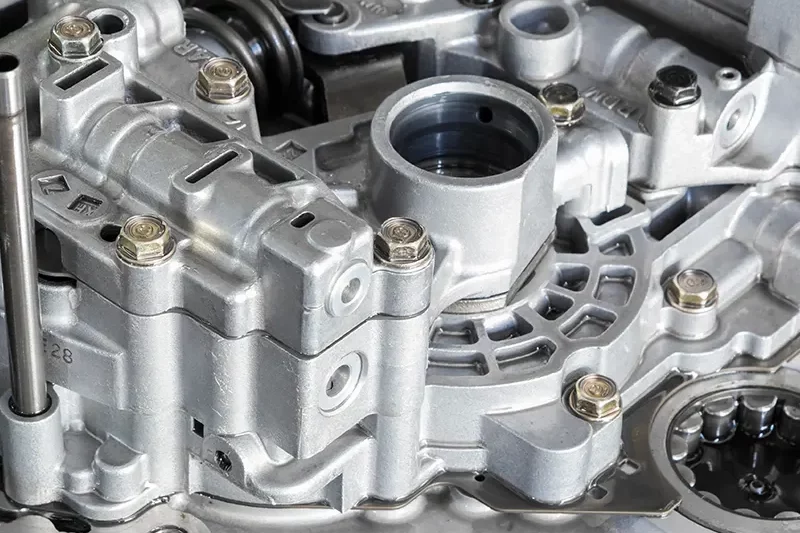
아연의 성질
아연은 다양성으로 유명한 금속입니다, 양복을 흔들고 여전히 댄스 플로어를 정복 할 수있는 그 친구처럼. 비교적 부드럽습니다, 작업하기 쉽습니다, 사운드 진동을 약화시키는 독특한 능력이 있습니다. 을 더한, 아연은 녹는 점이 낮습니다, 다이 캐스팅을위한 경제적 인 선택입니다.
아연 사용의 장점
다음 다이 캐스팅 프로젝트를 위해 아연을 선택 해야하는 이유? 저지대는 다음과 같습니다:
- 비용 효율성: 아연은 예산 친화적 인 금속입니다, 반죽을 절약하려는 비즈니스를위한 매력적인 옵션으로.
- 내구성과 힘: 부드러움이 당신을 속이게하지 마십시오, 아연은 놀랍게도 힘들다. 내구성이 뛰어나고 무게를 처리 할 수 있습니다. 마모를 견딜 수있는 구성 요소에게는 훌륭한 선택입니다..
- 정밀도와 세부 사항: 아연의 복잡한 세부 사항을 포착하는 능력은 게임 체인저입니다. 미세한 선과 복잡한 모양으로 부품을 만들고 싶습니다.? 아연은 프로처럼 처리 할 수 있습니다.
아연 다이 캐스팅의 적용
아연 다이 캐스팅, 고유 한 특성 조화로, 방대한 산업에서 중요한 구성 요소가되었습니다.. 금속의 카멜레온과 같습니다, 다양한 응용 프로그램에 원활하게 적응합니다. 당신의 일상 생활에 대해 생각하십시오: 매끄럽다, 당신이 가지고 다니는 인체 공학적 손 소독제 병, 매일 사용하는 튼튼한 도어 핸들, 차량에 우아함을 더하는 세련된 자동차 부품조차도 가능합니다., 아연은 조용히 무대 뒤에서 일하고 있습니다.
손이 더러워지는 것을 두려워하지 않는 금속이다, 자동차 산업을 위한 복잡한 부품 제작부터 전자제품을 위한 섬세한 부품 제작까지. 아연의 다재다능함은 기능적, 장식적 아이템을 모두 만드는 능력에서 빛을 발합니다., 건축 하드웨어부터 장식 설비까지 모든 분야에서 인기 있는 선택입니다..
알루미늄 다이 캐스팅
기어를 바꿔서 알루미늄을 확인해 볼까요, 다양한 다이캐스팅 응용 분야에 적합한 금속.
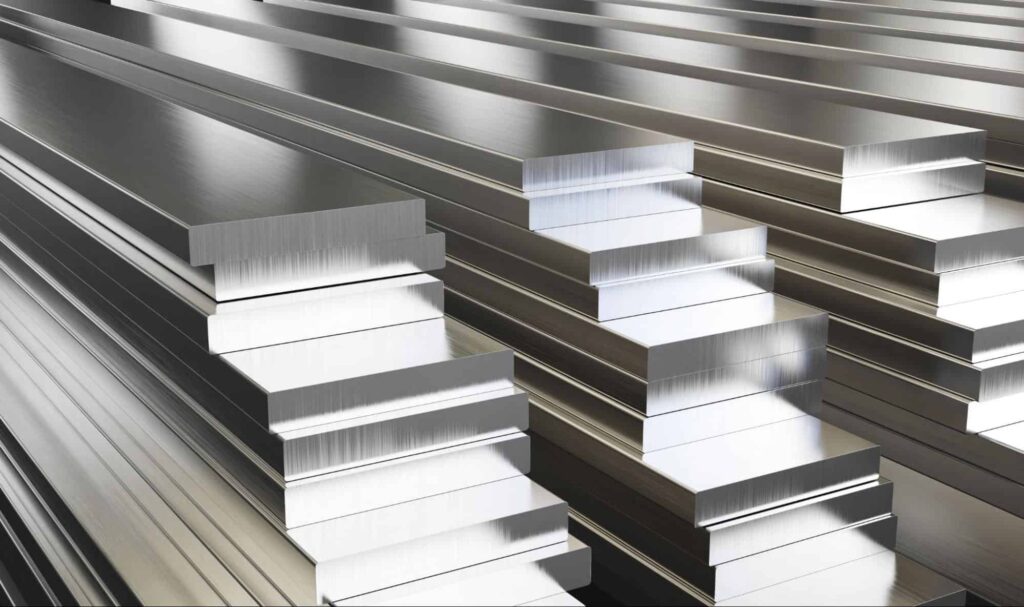
알루미늄의 성질
알루미늄은 금속의 스포티한 형제와 같습니다 – 경량, 강한, 그리고 매끈한 옆모습을 자랑하는. 부식에도 매우 강합니다, 옥외 응용 분야를 위한 최고의 선택입니다..
알루미늄 사용의 장점
알루미늄에는 자체적인 승리 기능이 있습니다.:
- 경량 특성: 알루미늄은 페더급 챔피언이다, 가볍고 민첩 해야하는 구성 요소에 이상적, 항공 우주 및 자동차 산업에서 발견되는 것과 같습니다.
- 부식 저항: 알루미늄은 녹과 부식에 관해 힘든 쿠키입니다.. 가혹한 조건을 견딜 수 있습니다, 야외 가구를위한 훌륭한 선택입니다, 창틀, 및 다른 응용 프로그램은 요소에 노출됩니다.
- 열 및 전기 전도성: 알루미늄은 열 및 전기 도체입니다, 이러한 속성이 중요한 응용 프로그램에 완벽하게 맞습니다., 방열판 및 전기 부품처럼.
알루미늄 다이 캐스팅의 응용
알루미늄 다이캐스팅 제조 세계의 진정한 카멜레온입니다, 광범위한 산업에 완벽하게 적응합니다. 단지 금속이 아닙니다; 세계의 빌딩 블록에서 가제트에 전원을 공급하는 복잡한 구성 요소에 이르기까지 모든 것을 만드는 데 사용되는 다양한 도구입니다. 알루미늄 다이 캐스팅이 있습니다 건축 부품, 그들은 내구성 있고 가벼운 구조에 기여합니다, 그리고 세계에서 전자 부품, 열과 전기를 전도하는 능력이 민감한 구성 요소에 필수적입니다..
알루미늄의 가벼움은 핵심 자산입니다, 항공 우주 산업에서 치솟도록 허용합니다, 체중이 중요한 요소 인 경우. 또한 자동차 산업에서 중요한 성분입니다, 연료 효율적인 차량을 만들고 안전 기능 향상을 돕습니다. 그리고 우리의 거리를 우아한 세련된 자전거를 잊지 말자, 알루미늄 다이 캐스팅으로 가능하게 만든 구성 요소로 구동됩니다. 당신이 없이는 살 수없는 멋진 가제트조차도, 스마트 폰에서 태블릿까지, 알루미늄의 고유 한 특성을 의존하여 완벽하게 작동합니다.
아연 대. 알루미늄 다이 캐스팅
지금, 대결을 위해 우리는 모두 기다리고 있습니다: 아연 대 알루미늄! 장단점을 고려하여 무게를 측정합시다:
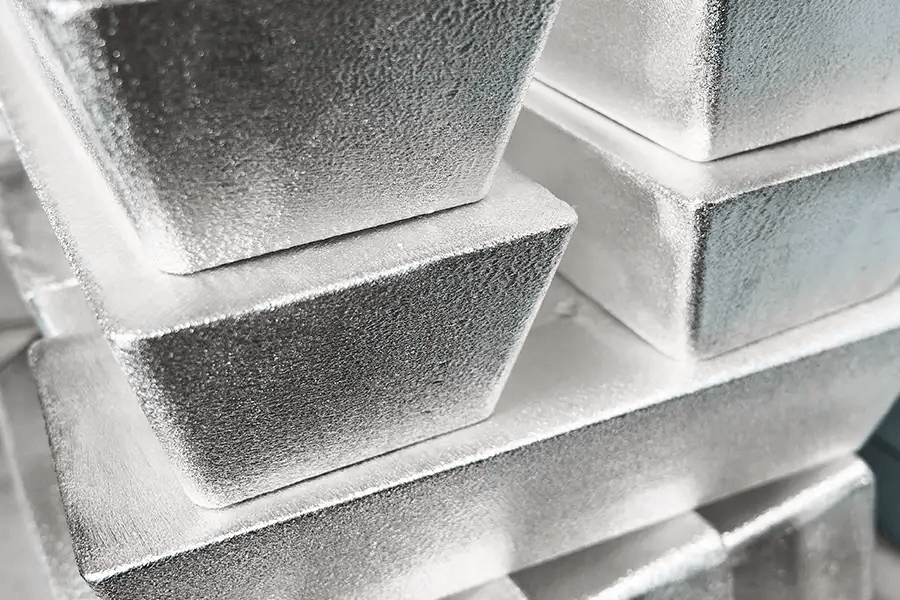
아연 대. 알류미늄: 힘
아연 합금 대 비교할 때. 알루미늄 강도, 알루미늄은 강도 범주에서 리드를 차지합니다, 아연보다 높은 인장 강도를 자랑합니다. 금속 세계의 근육수와 같습니다. 그러나 아연을 과소 평가하지 마십시오! 그것은 여전히 견고한 경쟁자이며 종종 많은 응용 프로그램에 대해 충분히 강력합니다..
중량 고려 사항
알루미늄의 페더급 속성은 여기에서 명확한 승자가됩니다. 가벼운 디자인의 챔피언입니다, 허용 알루미늄 다이 캐스팅 부품 제조업체 더 가벼운 알루미늄 다이 캐스트 부품을 만들려면 힘을 손상시키지 않습니다.. 아연이 더 무겁습니다, 그러나 아연 다이 캐스팅 제품의 중량이 큰 관심사가 아닌 많은 응용 분야에서 여전히 확실한 선택입니다..
주조 비용
아연 합금 다이 캐스팅은 예산 친화적 인 선택입니다. 값 메뉴 옵션과 같습니다, 은행을 깨지 않고 품질을 제공합니다. 알루미늄은 더 비쌀 수 있습니다, 그러나 고유 한 속성은 특정 응용 프로그램의 더 높은 비용을 정당화 할 수 있습니다..
결론
그래서, 누가 아연의 궁극적 인 전투에서 우승합니다. 알류미늄? 한 가지 크기의 대답은 없습니다. 그것은 모두 당신의 특정 요구와 응용 프로그램에 달려 있습니다. 경량이 필요합니다, 강한, 및 부식 방지 구성 요소? 알루미늄은 당신의 챔피언입니다. 비용 효율적인 것을 찾고 있습니다, 튼튼한, 세부 지향적 인 부분? 아연은 당신의 이동입니다. 궁극적으로, 프로젝트의 요구 사항을 이해하고 필요에 가장 적합한 금속을 선택하는 것입니다..
자주 묻는 질문
1. 아연과 알루미늄 다이 캐스팅의 주요 차이점은 무엇입니까??
아연은 비용 효율성으로 유명합니다, 내구성, 미세한 세부 사항을 캡처하는 능력, 알루미늄은 가벼운 특성으로 빛납니다, 내식성, 및 열전도율.
2. 고용량 생산에 더 나은 금속이 더 좋습니다?
아연과 알루미늄은 모두 고용량 생산에 적합합니다, 그러나 아연은 종종 저렴한 비용으로 인해 선호됩니다..
3. 아연을 실외 응용 프로그램에 사용할 수 있습니다?
아연은 자연적으로 부식에 내성이 있습니다, 알루미늄만큼 부식성이 아닙니다. 가혹한 야외 조건, 알루미늄이 더 나은 선택입니다.
4. 아연과 알루미늄 중에서 선택할 때 어떤 요인을 고려해야하는지?
프로젝트의 요구 사항을 고려하십시오, 체중 포함, 힘, 내식성, 세부 수준, 그리고 비용.
5. 아연과 알루미늄을 모두 재활용 할 수 있습니다?
예, 아연과 알루미늄은 모두 재활용 가능한 금속입니다, 환경 친화적 인 선택을 만듭니다.

